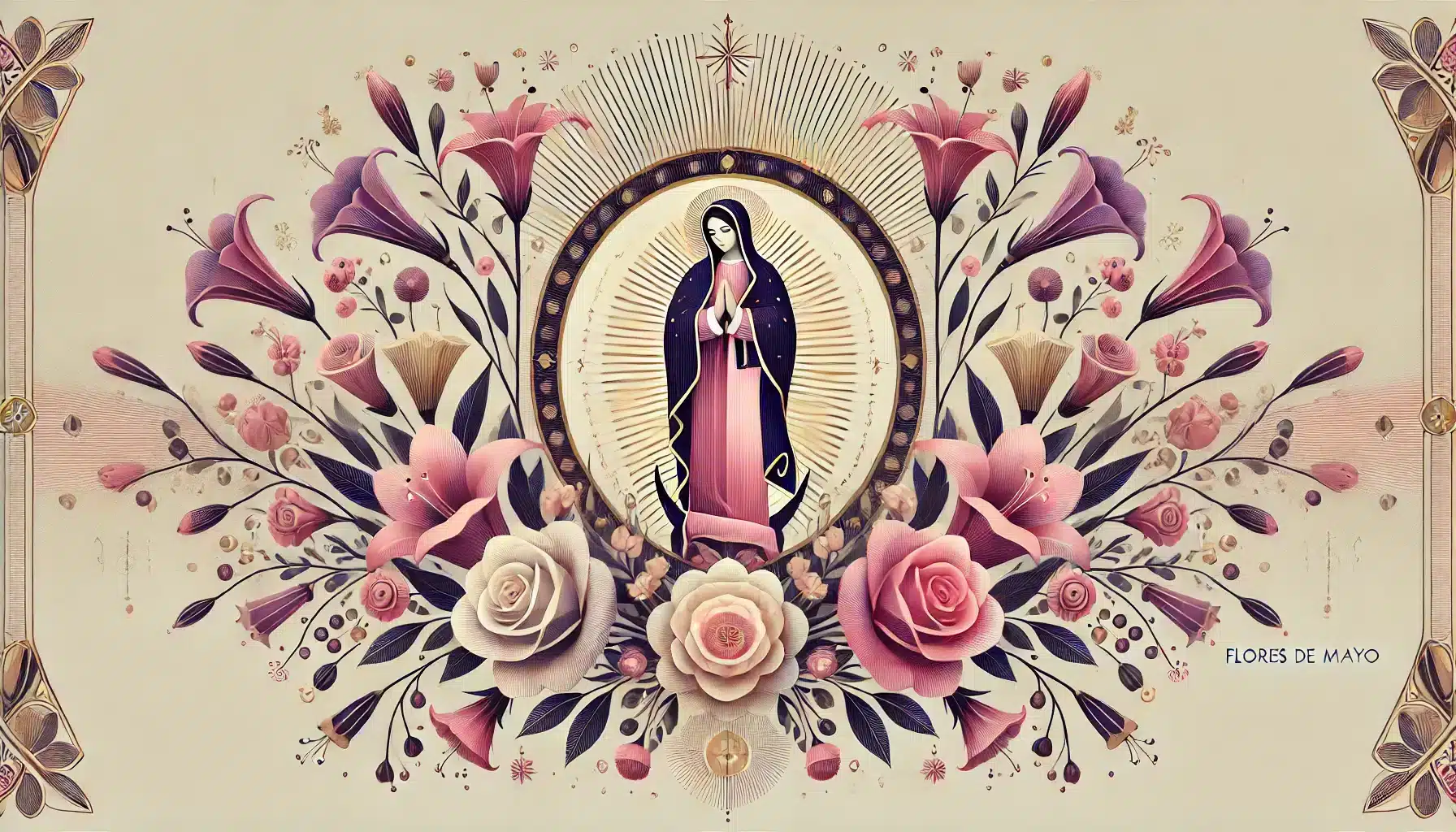What is Flores de Mayo?
Flores de Mayo, meaning “Flowers of May,” is a traditional Filipino festival held throughout the month of May in honor of the Blessed Virgin Mary. This religious and cultural celebration is widely observed in Catholic communities across the Philippines, where devotees offer flowers, participate in prayers, and take part in processions. The festival culminates in the Santacruzan, a grand procession that commemorates the finding of the True Cross by St. Helena.
History and Origin
Flores de Mayo was introduced to the Philippines in the mid-1800s during Spanish colonization and became more prominent after the proclamation of the dogma of the Immaculate Conception in 1854. The festival originated as an expression of gratitude to the Virgin Mary for the rains that follow the dry season, ensuring a bountiful harvest. Over the years, it has evolved into a deeply rooted tradition, combining religious devotion with Filipino hospitality, music, and community gatherings.
Who Participates in Flores de Mayo?
- Devotees: People of all ages gather in churches and chapels to offer prayers and flowers to the Virgin Mary.
- Children: Young participants play a central role in the floral offerings, often wearing white to symbolize purity.
- Community Leaders: Organize processions, religious services, and cultural activities.
- Local Artists: Contribute to the festivities by designing floats, decorations, and performances.
- Visitors and Tourists: Experience Filipino religious traditions and witness the vibrant pageantry of the Santacruzan.
Slogans and Themes
Flores de Mayo is centered around themes of devotion, gratitude, and unity. Popular slogans include “Offering Flowers, Offering Hearts,” “Unity in Devotion,” and “A Floral Tribute to Our Lady.” The festival reflects the strong Marian faith of Filipinos, emphasizing love, reverence, and community participation in honoring the Blessed Mother.
Colors, Symbols, and Patterns
Colors
- White: Represents purity and devotion.
- Blue: Symbolizes the Virgin Mary’s grace and protection.
- Gold: Reflects the festival’s grandeur and deep spiritual significance.
Symbols
- Flowers: Signify love and devotion, offered to the Virgin Mary throughout May.
- Rosary: Represents the prayers and faith of the devotees.
- Marian Images: Statues and paintings of the Blessed Virgin Mary are prominently displayed in churches and processions.
Patterns
- Floral Motifs: Found in decorations, garments, and parade floats.
- Religious Icons: Featured in banners, murals, and church altars.
- Traditional Textiles: Filipino weaves and embroidery are worn during processions and celebrations.
How to Celebrate Flores de Mayo
- Join Daily Rosary and Floral Offerings: Participate in community prayers and offer fresh flowers at church altars.
- Attend the Santacruzan Procession: Watch or take part in the grand parade featuring biblical characters and Marian figures.
- Decorate Homes and Churches: Adorn altars and streets with floral arrangements and Marian images.
- Engage in Cultural Performances: Enjoy traditional Filipino dances, music, and plays related to Marian devotion.
- Share Traditional Filipino Delicacies: Celebrate with local treats such as bibingka, suman, and pandesal during community gatherings.
Most Used Hashtags
- #FloresDeMayo
- #Santacruzan
- #MarianFestival
- #PhilippineTraditions
- #FloralOffering
Why is Flores de Mayo Important?
Flores de Mayo is a significant cultural and religious event in the Philippines, strengthening faith and fostering unity within communities. The festival not only honors the Virgin Mary but also serves as a moment of gratitude for blessings received, particularly the life-giving rain that follows the dry season. It is a time for families, neighbors, and churches to come together in a joyful expression of faith, preserving centuries-old traditions while instilling values of devotion and generosity in future generations.
Features
- Religious
